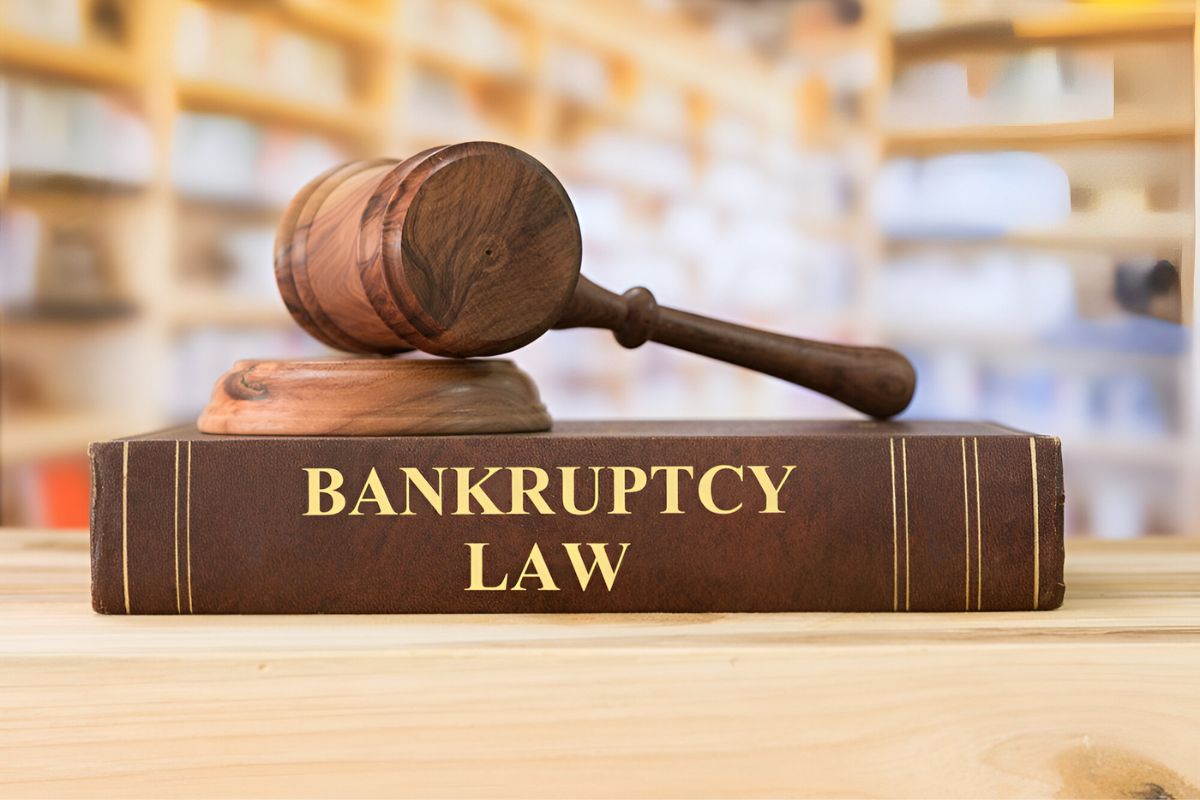Bankruptcy and Debt Relief Options by Advocate Major Nirvikar Singh ADC
Bankruptcy and Debt Relief Options by Advocate Major Nirvikar Singh ADC
In the labyrinthine world of finance and law, the specter of bankruptcy casts a long shadow. For individuals and businesses alike, financial distress can be an overwhelming burden, with legal complexities often exacerbating the stress. As a lawyer specializing in bankruptcy and debt relief in India, I, Major Nirvikar Singh ADC, find myself at the crossroads of financial crisis and legal remedy, guiding clients through the intricate maze of regulations and obligations.
Understanding Bankruptcy in India
In India, bankruptcy proceedings are primarily governed by the Insolvency and Bankruptcy Code (IBC) enacted in 2016. This comprehensive legislation replaced a patchwork of outdated laws, aiming to streamline the insolvency process and provide a structured framework for debt resolution. The IBC applies to individuals, partnerships, limited liability partnerships (LLPs), and companies, offering distinct procedures tailored to each entity’s needs.
For individuals and partnerships, the framework primarily involves initiating insolvency proceedings through the National Company Law Tribunal (NCLT). The process begins with the debtor or creditors filing a petition, triggering a series of steps including the appointment of insolvency professionals, formulation of a resolution plan, and ultimately, the liquidation of assets if a resolution isn’t feasible.
Legal Obligations and Responsibilities
As legal practitioners, our role extends beyond mere procedural guidance. We are tasked with ensuring that our clients comprehend their rights and obligations throughout the bankruptcy process. Key responsibilities include:
- Due Diligence and Compliance: Conducting thorough due diligence to assess the viability of insolvency proceedings and ensuring compliance with procedural requirements.
- Representation and Advocacy: Representing clients before the NCLT or other relevant forums, advocating for their interests during negotiations and court proceedings.
- Negotiation of Resolution Plans: Collaborating with stakeholders to negotiate feasible resolution plans that balance the interests of creditors and debtors.
- Asset Management: Overseeing the management and realization of assets during the insolvency process, ensuring transparency and accountability.
- Dispute Resolution: Resolving disputes that may arise between creditors, debtors, and other stakeholders, employing mediation or litigation strategies as necessary.
Debt Relief Options
Beyond bankruptcy, Indian law offers various debt relief mechanisms depending on the debtor’s circumstances:
- Debt Restructuring: Negotiating with creditors to restructure debts, modifying repayment terms to alleviate financial strain.
- Debt Settlement: Arranging settlements wherein creditors accept reduced payments as a full satisfaction of debts owed.
- Personal Insolvency: Providing individuals with relief from overwhelming debts through individual insolvency processes outlined in the IBC.
Each option carries distinct implications and procedural requirements, necessitating tailored legal advice to navigate effectively.
Conclusion
In conclusion, the landscape of bankruptcy and debt relief in India is intricate yet navigable with the right legal counsel. As lawyers, we play a pivotal role in safeguarding our clients’ interests, ensuring compliance with legal obligations, and advocating for equitable resolutions. Whether guiding a struggling entrepreneur or an individual facing personal insolvency, our commitment remains unwavering: to provide clarity, support, and strategic counsel in their journey towards financial recovery.
According to Advocate Major Nirvikar Singh ADC, navigating the turbulent waters of financial distress requires not just legal expertise but also empathy and understanding. It is through these principles that we, as lawyers, strive to empower our clients, offering them a beacon of hope amidst the challenges of bankruptcy and debt relief.

